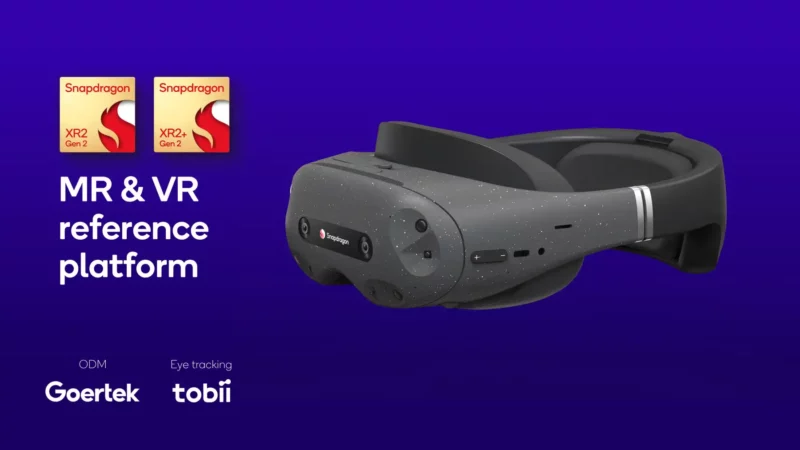
The Apple Vision Pro is coming out sometime in early 2024, and since it is a VR/AR headset that runs iOS apps, Team Android would like to have a competitor available. Samsung, Google, and Qualcomm vaguely announced a mixed-reality partnership a year ago, which would have Qualcomm building chips, Google building software, and Samsung shipping products. Step 1 of this partnership has been announced: The Qualcomm Snapdragon XR2+ SoC, which will power many of these headsets from Samsung and others.
Perhaps more interesting than the individual specs of Qualcomm’s chip is all the partner talk surrounding the launch. Samsung says it’s “thrilled to collaborate with Qualcomm Technologies and Google in revolutionizing the mobile industry once more” and promises a “best-in-class XR experience for Galaxy users.” Google is promising an “immersive and spatial XR” experience based on Android. Qualcomm is making a reference headset design based on the chip and says at least five companies have hardware in development, including Samsung, Google, HTC, Immersed, and Play for Dream.

The XR2+ Gen 2 is an upgrade over the XR2 Gen 2 (non-plus) that came out in 2023 and shipped in the Meta Quest 3. The most significant difference is a bump in resolution, with the plus model supporting “4.3K” resolution per eye at 90 fps. The old chip only did 3K by 3K. The resolution of these headsets is critical, not just because games will look nicer, but if you’re trying to display a virtual desktop and read text, you’re pushing the resolution limits of current headsets.
You’ll need more power to push all those pixels, and Qualcomm says the plus model “delivers 15% higher GPU and 20% higher CPU max frequency” compared to the old XR2. The chip supports “12 or more concurrent cameras and dedicated XR acceleration blocks enable unprecedented interactions including hand, head, controller, facial expression, depth estimation, and 3D reconstruction.” There’s pass-through video support with 12 ms latency and support for Wi-Fi 7 and Bluetooth 5.3.
No one promised a shipping window that we could see, but with Samsung’s big show on January 17, maybe it will tease its headset a bit.
https://arstechnica.com/?p=1993664

